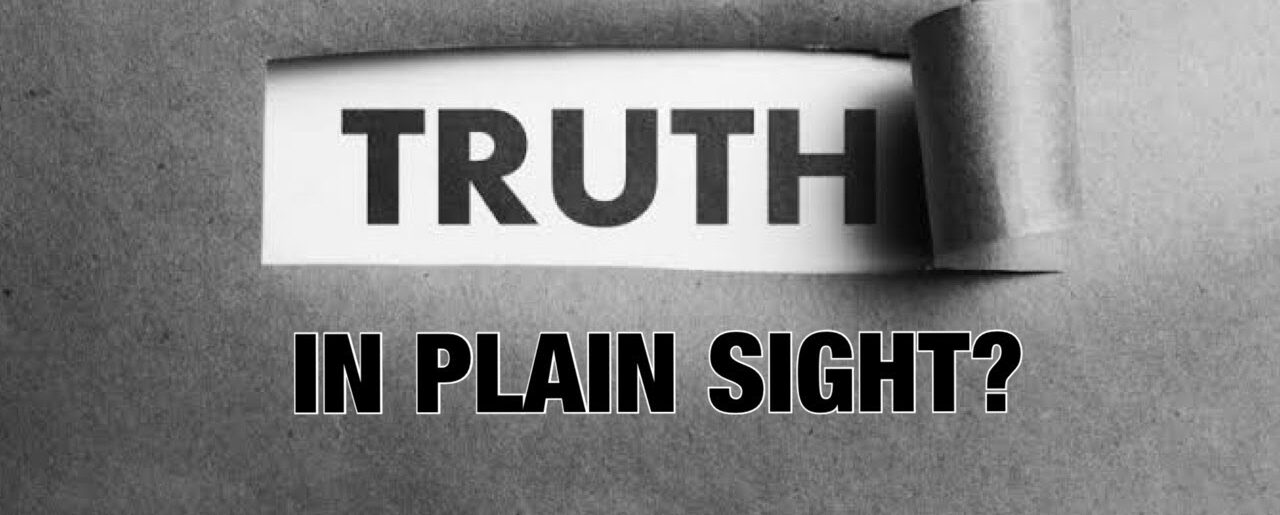DHS Censorship Machine: #DHSLeaks Was just The Tip Of A Iceberg!
DHS censorship machine targeted 22 million tweets, used 120 speech flaggers, scrubbed 15 platforms, and throttled dozens of “emerging election narratives” using a chat app.
SUMMARY
- Network throttled millions of posts ahead of 2020 election, blocked “emerging narratives” from reaching “virality threshold.”
- Censors boast on video of getting tech companies to ban entire categories of election speech under threat of “huge regulatory pressure.”
- Months before the 2020 election, censors systematically targeted all speech categories that could challenge a future “red mirage, blue shift” election scenario.
Last week, The Intercept published a set of leaks that drew broad interest in perhaps the most undercovered scandal inside the US government today: the Department of Homeland Security’s (DHS) quiet move to establish, for the first time in US history, an explicitly inward-facing domestic censorship bureau.
What The Intercept glimpsed, however, is just the tip of a much larger iceberg.
The size, scale and speed of DHS’s censorship operation are vastly larger have been reported. Based on our investigation, below are seven bottom-line figures summarizing the scope of censorship carried out by DHS speech control partners, as compiled from their own reports and videos:
- 22 Million tweets labeled “misinformation” on Twitter;
- 859 Million tweets collected in databases for “misinformation” analysis;
- 120 analysts monitoring social media “misinformation” in up to 20-hour shifts;
- 15 tech platforms monitored for “misinformation” often in real-time;
- <1 hour average response time between government partners and tech platforms;
- Dozens of “misinformation narratives” targeted for platform-wide throttling; and
- Hundreds of millions of individual Facebook posts, YouTube videos, TikToks, and tweets impacted, due to “misinformation” Terms of Service policy changes that DHS partners openly plotted and bragged tech companies would never have done without DHS partner insistence and “huge regulatory pressure” from government.
The citations above are from just the DHS censorship network’s impact on the 2020 election cycle alone. That was two years ago, when the narrative management machine referenced by The Intercept was first getting formed. Even the above figures, however, just scratch the surface of the full story.
While The Intercept rightly noted that DHS’s “truth cops“ now take on a range of other topics – such as Covid-19 and geopolitical opinions – it all started from, and grew out of, DHS’s speech control infrastructure set up to censor speech about elections.
That started with the 2020 election. But it continues, importantly, with the 2022 midterm elections, which are ongoing this week.
At Foundation for Freedom Online, for more than six months, we have been publishing and sharing research findings about a wide span of shocking components to DHS’s speech control operations. Our investigation has spurred multiple members of Congress to vow aggressive probes into DHS’s “government censorship by proxy.”
The whole story, however, has not all been published in one place. In this report, we seek to provide a comprehensive history and network map of DHS’s public-private censorship network, as told through a deep dive into its first mission — the censorship of the 2020 election.
Along the way, we will highlight the network’s role in censoring the ongoing 2022 midterm elections.
In the final section of this report, we will cover a particularly disturbing aspect of this story — DHS’s pre-censorship of speech that could “cast doubt” on a so-called “red mirage, blue shift” election scenario, months in advance of such an exact sequence playing out.
Background History & Cast Of Characters
In this background section, we will present a history and overview of the key players participating in DHS’s extended censorship network, with special attention to its formation in the run-up to the 2020 election.
This story has two main institutional sides: the government within DHS and the non-governmental side consisting of a web of like-minded private sector and civil society partners. Together, this network forms the DHS public-private censorship network that is the subject of this report.
The Government Side: Chris Krebs’s CISA
The key coordinating hub for the government side is an “obscure government agency” named CISA, which is tucked within DHS, and was created by act of Congress in November 2018, nominally to defend America against cybersecurity threats from hostile foreign actors (e.g., Russian hackers).
CISA’s longform name, the “Cybersecurity Infrastructure Security Agency” has none of the Orwellian overtones of the “Disinformation Governance Board”. CISA took great pains to cloak itself as just a simple, security-focused cybersecurity directorate. CISA’s founding director, Chris Krebs, was fond of telling audiences that CISA was just “The agency that cares so much about security, it’s in our name twice”.
CISA’s mission was supposed to be cyber security. Not cyber censorship.
But a funny thing happened on the way to the 2020 election.
First, on January 6, 2017, outgoing Obama Administration DHS Secretary Jeh Johnson designated “election infrastructure” as being “critical infrastructure” under the purview of DHS protection.
This designation, born out of unsubstantiated claims that Russia had just stolen, hacked or otherwise materially interfered with the 2016 election, tasked DHS with protecting election-related structure, such as polling places, voting machines and computer systems.
CISA’s Internet censorship power grew out of interpreting “critical infrastructure” beyond its hard physical meaning to apply to meta-physical concepts. By 2019, “foreign disinformation” on social media was increasingly framed as a “cyber threat” to election infrastructure.
Through this framing mechanism, CISA’s “cybersecurity” authority morphed into a “cybercensorship” authority. However, this move was initially limited to CISA only targeting “foreign disinformation”, through DHS’s Countering Foreign Influence Task Force.
But when the 2016 election-era “Russian interference” Special Prosecutor’s probe ended in July 2019 with former FBI Director Robert Mueller’s failure to find “collusion” between then-President Trump and outside Russians, DHS and CISA began to change their tunes.
The entire “countering Russian disinformation on social media” apparatus that had been constructed before July 2019 to censor, throttle and identify “foreign disinformation” was quietly, but entirely, pivoted to focus inward on “domestic disinformation.”
This “Foreign-To-Domestic Disinformation Switcheroo” on censorship was never widely conveyed beyond DHS doors out to the American people. It was plotted on DHS’s own livestreams and internal documents. DHS insiders’ collective justification, without uttering a peep about the switch’s revolutionary implications, was that “domestic disinformation” was now a greater “cyber threat to elections” than falsehoods flowing from foreign interference.
This meant that, henceforth, any US citizen posting what DHS considered “misinformation” online was suddenly conducting a cyber attack against US critical infrastructure. That was the legal framework under which DHS – and CISA particularly – drew their jurisdiction.
To illustrate this, we’ve put together a supercut of DHS censorship network partners switching from a “foreign” to a “domestic” predicate for censorship between the 2016 election and the 2020 election:
DHS’s Foreign-To-Domestic Disinformation Switcheroo


